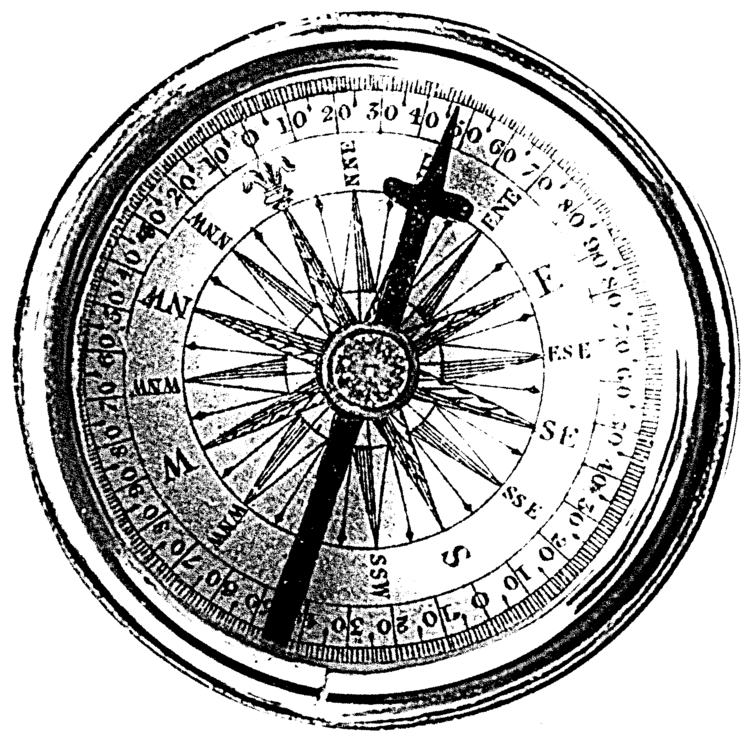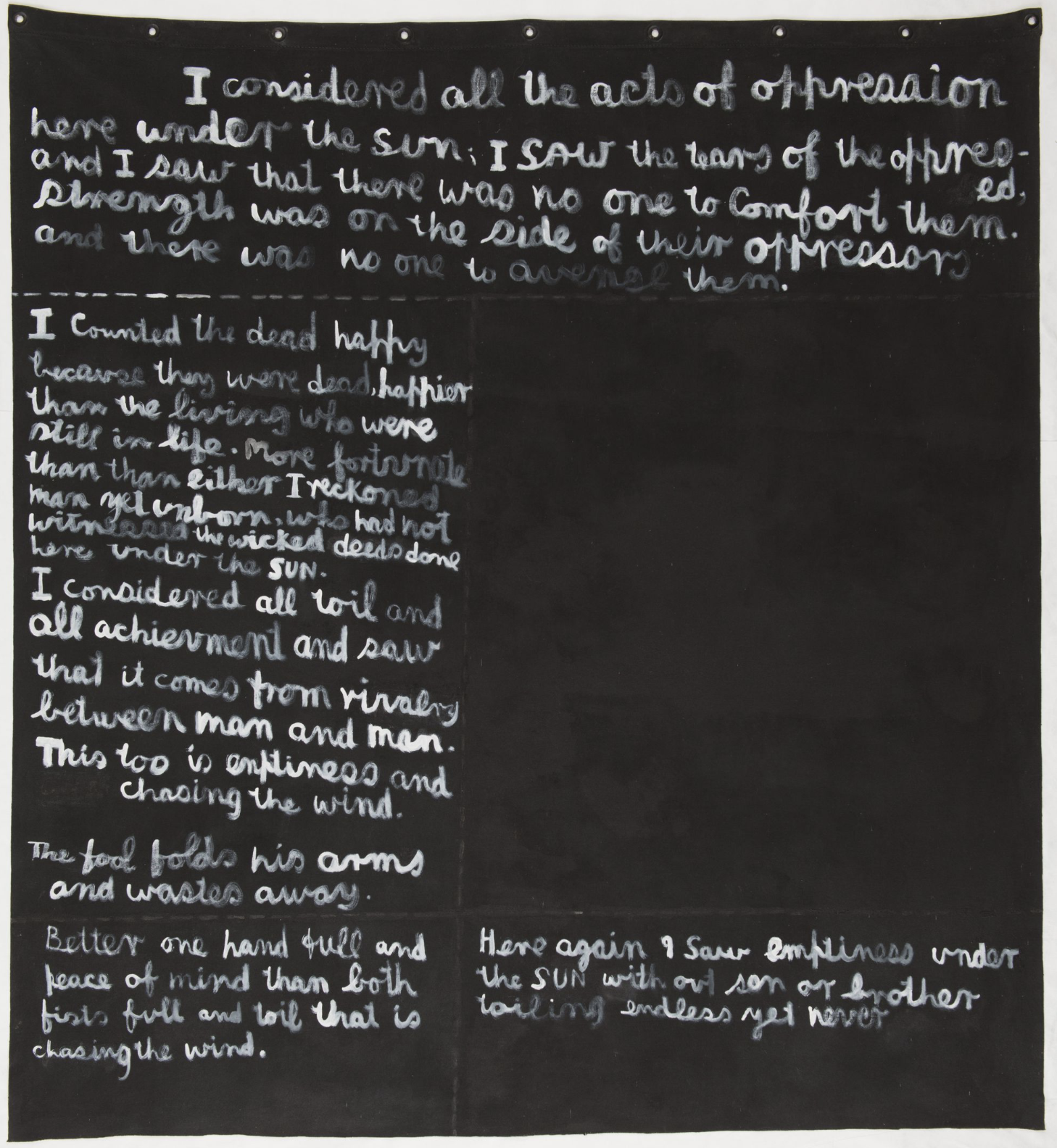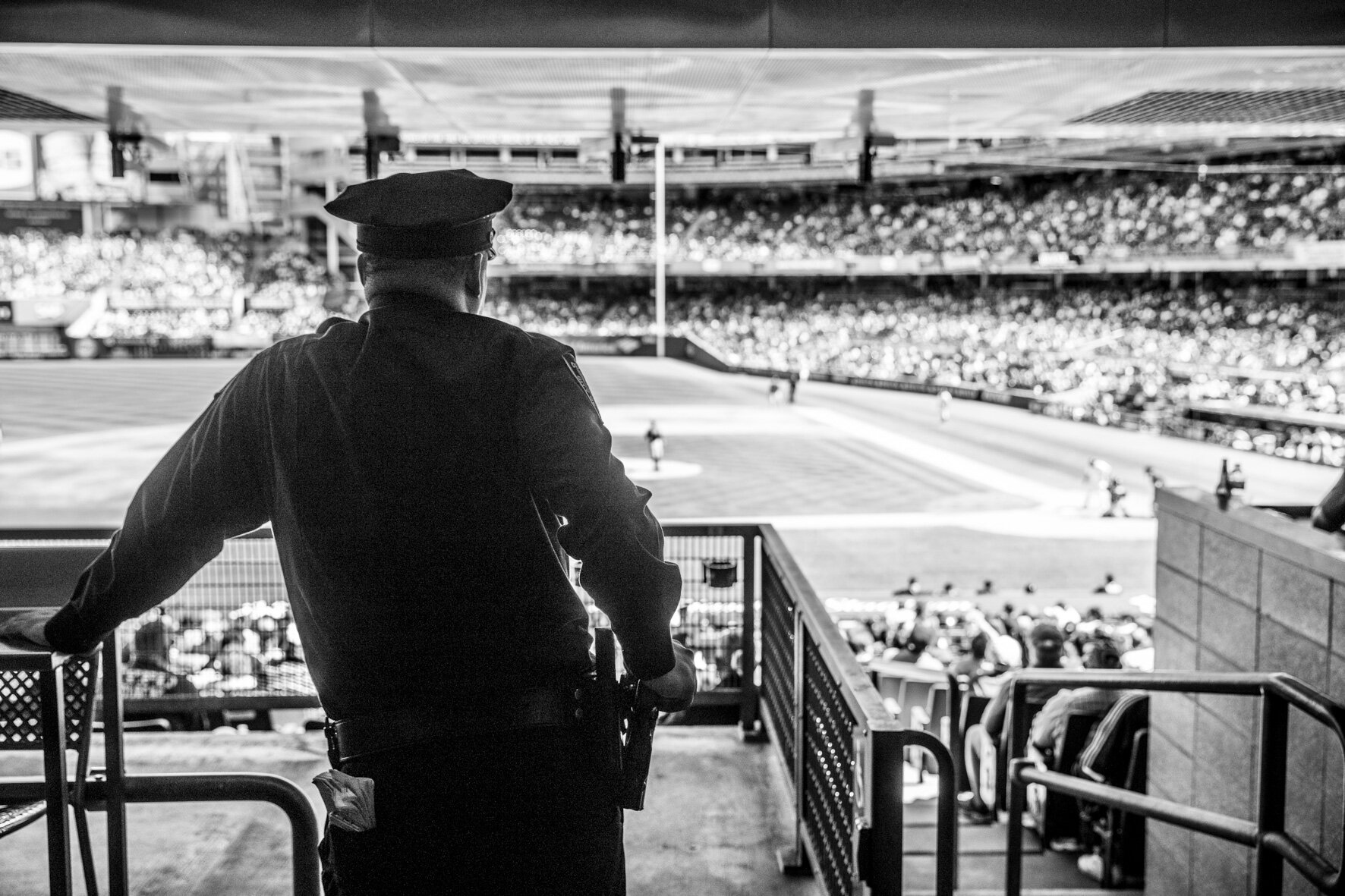I haven’t been allowed to work much over the last few months. Enforced leisure is an uncomfortable thing, but I also realised that my situation was mild compared to many others. I started making a few images of some of my friends in hospitality… Guy Grossi and Karen Martini. It grew into the series below. We decided to accompany the images with a short documentary by the film makers Alicia + Archie, who also happen to be my son and his partner. The chefs and restauranteurs talk about the experience of having not only their livelihoods, but their lifelong passion snatched away… with a few hours’ notice …not just once, but six times. I don’t think many people realise how devastating it has been for these brave and talented people. And the lesson that I will take out of the whole experience, is that having a flourishing, successful restaurant in this city, is about so much more than just cooking great food.
The full story was published in Concrete Playground last week.
“Society needs these links….to have people happy in the head…to communicate with each other…we have basically lost all that…”. -Jean Paul Prunetti, France-Soir
“Being in a restaurant, working in kitchen or front of house…it’s kind of like a big family…and when you’re not with your family…It is hard …right?” -Khanh Nguyen, Aru
“In hospitality you are always presented with different challenges….and you can go up or down or around or under…. open longer…adjust your hours…adjust the menu…change the d cor. You can pretty much adapt…. But there is no adapting to being told you cannot open”-Karen Martini, Hero
“It’s what I know…It’s what our family knows…It’s what we’ve done traditionally over three generations…My Dad was proud of this city…To see it on its knees…sometimes brings a tear to your eye...” Guy Grossi, The Florentino
“Without a covid pandemic hospitality is fucking hard. It hurts, its painful if you want to do it well. Perhaps it’s not worth it now…that’s an idea that’s popped up”.-Tom Giurioli, Freddy’s Pizza
You miss the energy of service…We’re cooking all this food and sending it to faceless people. It’s the monotony… you pack it…it goes into a box and its goodbye to you!”- Hannah Green & Rosheen Kaul, Eta
Hospitably is more than just business…with the restrictions we have in place just now…hospitality becomes purely about business …purely about staying afloat.”-Daniel Leuzzi, Freddy’s Pizza




















































































































































































































